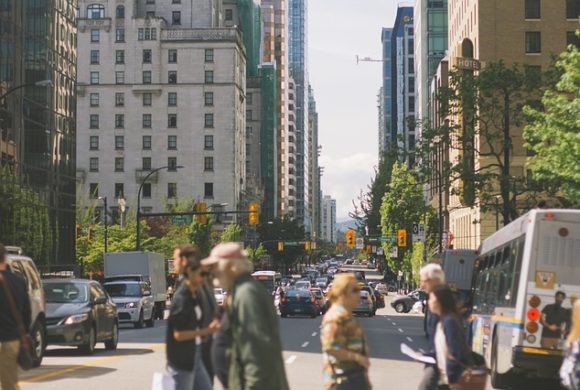Many auto manufacturers are taking steps to redesign their vehicles to prevent or minimize pedestrian accidents and the injuries and deaths that result. New features like softer bumpers, modified front-ends, and pedestrian detection and avoidance systems help prevent pedestrian crashes and reduce the risk for traumatic brain injuries and limb injuries, the two most common types of pedestrian injuries involved in vehicle accidents.
How Pedestrian Accidents Occur
Most pedestrian accidents occur when a passenger vehicle is traveling forward while a pedestrian is standing or walking in front of the vehicle. Typically, the pedestrian is hit twice; first by the vehicle and then by the ground. Life-threatening injuries like traumatic brain injury often result because of impact to the windshield or hood of the vehicle. Many other accidents frequently involve disabling injuries to the lower limbs.
Changing Design to Reduce Pedestrian Injuries
Recognizing the potentially catastrophic consequences of a pedestrian accident, some auto manufacturers have begun to change vehicle design to minimize the impact of a vehicle collision.
Head Protection
Many head injuries occur when there is not enough clearance between the vehicle’s hood and its underlying engine components. A gap of about 10 centimeters is usually enough to decelerate the speed of impact and can help prevent pedestrian death. Due to these factors, some vehicle manufacturers have created additional room under the hood. One way that manufacturers have accomplished this is by implementing deformable mounts or adding airbags that cover the hard portions of the hood. Current technology allows pop-up bonnets that add extra clearance to the engine if the bumper senses a collision. The airbag may also cover the windshield.
Limb Protection
Because most pedestrian limb injuries occur when the leading edge of the hood and bumper come in contact with the pedestrian, auto manufacturers focus on these locations to try to prevent pedestrian injuries. They make the bumper softer and modify the geometry of the car’s front end. Lower set bumpers reduce the likelihood of limb injuries. Creating structures under the bumper can also minimize these injuries.
Impact Prevention Technology
Many vehicles are equipped with technology designed to prevent collisions. Radar and camera-based pedestrian detection systems warn drivers or implement automatic braking when pedestrians enter a vehicle’s path.

